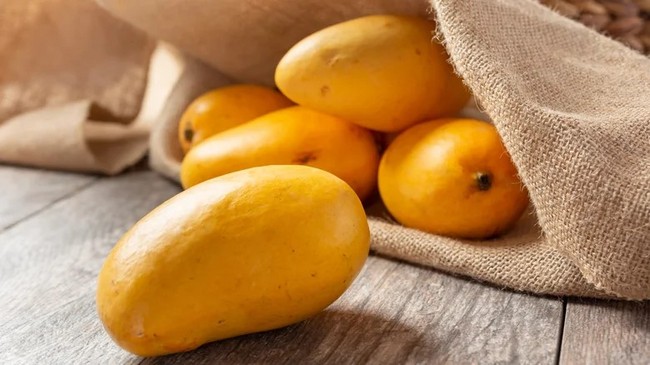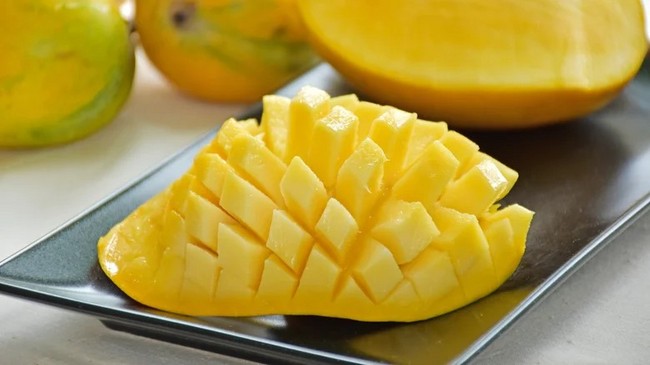✕



✕

Tag:honey mangoes facts 2024-12-25 13:36

The Image Party/Shutterstock
In 2017, the National Mango Board unveiled a marketing campaign centered around a new name for a product it was trying to get more eyes on: In the U.S., what had previously been sold as the "Ataulfo mango" would henceforth be called the "honey mango." Why? A press release said the name Ataulfo had been "repeatedly reported as hard to pronounce" by American customers. The board reasoned that something that rolled more easily off the tongue might lead to increased sales.
The fact that it's sometimes also called the Champagne mango might give you an idea of why the board was keen to draw attention to this particular fruit: It's an exceptionally delicious variety. Still, this was bittersweet news back in Mexico, where the Ataulfo mango originated. Its earlier name came from the grower who made the fruit famous: Ataúlfo Morales Gordillo, who bought a piece of land in Chiapas in 1948 with several trees that produced phenomenal mangoes. By the time the decade was out, those fruits had become well-known locally and only continued to spread from there — such that by 2003, the Ataulfo mango was one of just a handful of products to receive a government-protected designation in Mexico, similar to how France protects the name Champagne itself.
Mexican growers weren't hot on the name change — which, they said, they weren't consulted on. More than that, they thought that the move erased the important contributions of a key grower — if not the Mexican mango industry itself.
What makes the honey mango (aka the Ataulfo mango) so special

Patnaree Asavacharanitich/Shutterstock
The Ataulfo mango goes by several names, not just honey and Champagne but also yellow mango and baby mango. Those last two help explain what distinguishes this fruit from the Tommy Atkins mango, the most common variety in the U.S. It's the big reddish-green fruit you probably expect to find at the grocery store. Tommy might not be the Champagne of mangoes, but he travels well, has a long shelf life, and is disease-resistant — all attractive qualities from a commercial standpoint. (Here's the best way to store mangoes, if you were wondering, as well as the best way to cut mangoes.)
The honey mango, by contrast, is yellower and smaller, with less fibrous flesh — it has a creamy texture, an ultra-sweet flavor, and a tropical aroma. (Plus, a smaller pit — more bang for your buck! This fruit might be rarefied, but it's not the world's most expensive mango.) When shopping, seek out honey mangoes that are wrinkled on the outside, indicating ripeness.
Whatever you call them, honey mangoes have been a boon for Chiapas and other mango-growing regions of Mexico (they're also grown in the nearby countries of Ecuador and Peru). To a certain extent, this has helped Mexican mango growers distinguish themselves amid a crowded international market: Today, Mexico is the top mango exporter in the world, with the honey variety being one of the most popular.
The Best Gourmet Foods You Can Find At Dollar Tree
Shopping For Dishwashers? Customers Say This Is The Most Reliable Brand Of 2025
Are Your Scallops Fake? Here Are 5 Warning Signs To Watch For
Can You Return Costco Produce?
These 3 Countries Produce The Most Beef In The World
The Hands Down Best Chain Restaurant Pumpkin Pie, According To Customers
About Us Terms of Service Privacy Policy Contact Us
Hotline(+86)17301604571
 Enterprise WeChat
Enterprise WeChat
for Client Service
 EZBuy
EZBuy
WeChat APP
Sinoexpo Digital Platform
Shanghai Sinoexpo Informa Markets International Exhibition Co., Ltd. All rights reserved
沪ICP备05034851号-77
 沪公网安备31010402000543号
沪公网安备31010402000543号